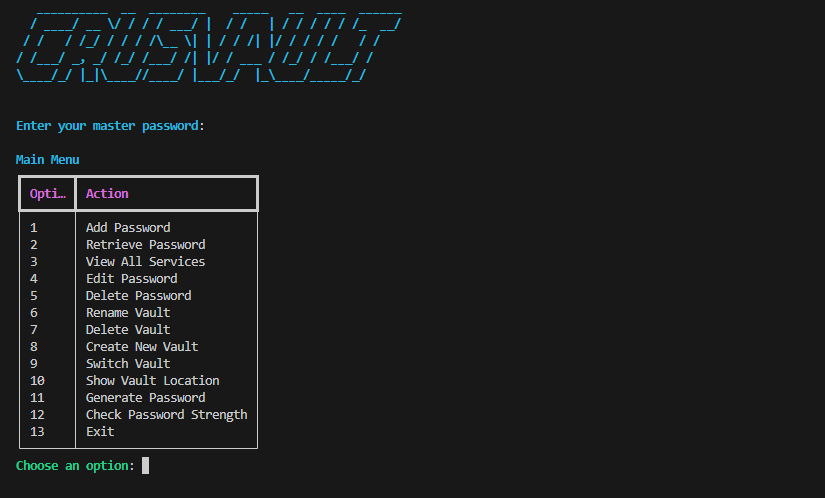Developing a Vulnerability Scanner [prerequisite]
Creating a vulnerability scanner is an intricate but rewarding process. It demands programming expertise, an understanding of security vulnerabilities, and insights into target systems. Below is a structured guide to help you build your scanner.
Key Steps in Developing a Vulnerability Scanner
1. Define Scope and Objectives
- Target Systems: Identify whether you’re scanning web applications, networks, or both.
- Vulnerabilities: Specify what you’ll detect, e.g., OWASP Top Ten or CVEs.
2. Research Vulnerabilities
- Stay updated with databases like:
3. Choose a Programming Language
- Opt for languages suited for security tasks and network programming:
- Python: Easy to use with vast libraries for security tools.
- Go: Excellent for performance-critical tasks.
- Java: Great for cross-platform compatibility.
4. Architecture Design
- Modularity: Make your scanner extensible for adding new vulnerabilities or scan techniques.
- Concurrency: Use multi-threading or asynchronous programming to scan multiple hosts efficiently.
5. Scanning Techniques
- Active Scanning: Directly interact with services and analyze responses.
- Passive Scanning: Monitor network traffic for vulnerabilities without interaction.
6. Implement Protocols
- Support diverse protocols like HTTP, FTP, SSH, SNMP, etc.
- Leverage libraries, e.g.,
requestsfor Python.
7. Vulnerability Detection
- Maintain a database of known vulnerabilities and detection methods.
- Core techniques include:
- Port Scanning: Identify open ports and running services.
- Service Fingerprinting: Determine service versions to identify vulnerabilities.
8. Reporting Mechanism
- Provide clear and actionable reports containing:
- Vulnerability description.
- Severity levels (e.g., CVSS scores).
- Remediation suggestions.
9. User Interface
- Develop a user-friendly interface (CLI or GUI).
- Allow users to:
- Configure scan parameters.
- View results interactively.
10. Testing and Validation
- Test on intentionally vulnerable systems like the OWASP Broken Web Applications Project.
- Ensure accurate detection with minimal false positives or negatives.
11. Compliance and Ethics
- Comply with local laws and regulations.
- Obtain proper authorization before scanning any system.
12. Continuous Improvement
- Regularly update vulnerability databases and scanning methods.
- Gather user feedback to enhance functionality.
Points to Keep in Mind
Performance
- Optimize for large networks and complex web applications.
Accuracy
- Minimize false positives and negatives to build trust.
Security
- Secure your scanner to prevent it from being exploited.
Documentation
- Provide comprehensive user documentation with installation steps and usage guidelines.
Conclusion
Building a vulnerability scanner is a challenging yet fulfilling project. Start with a robust foundation and iterate based on user feedback and the evolving security landscape. Engage with the security community for insights and support.
